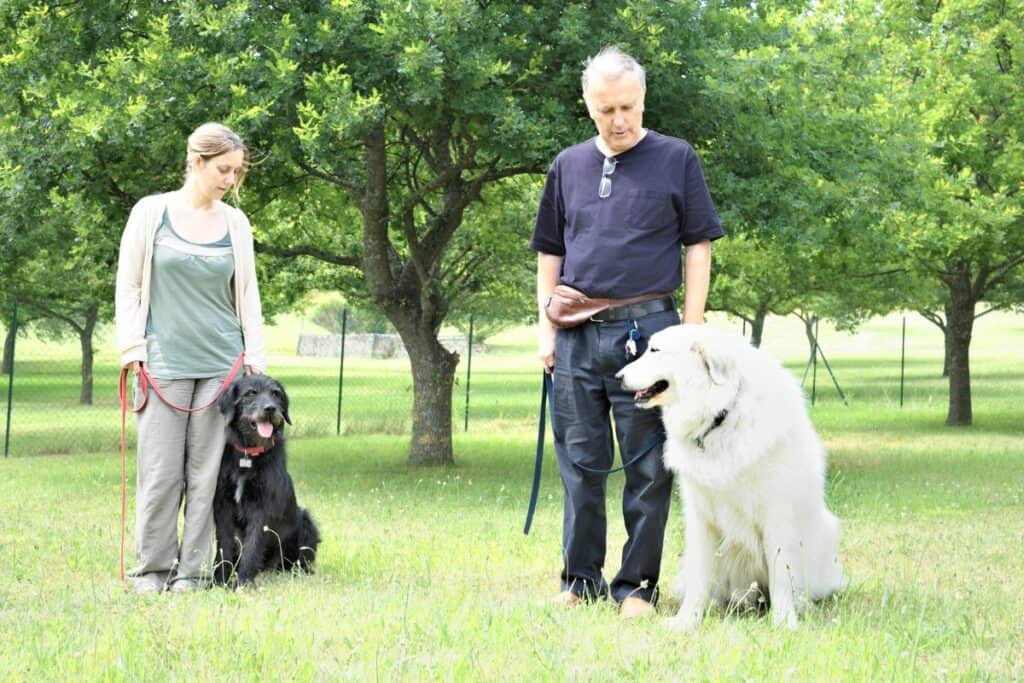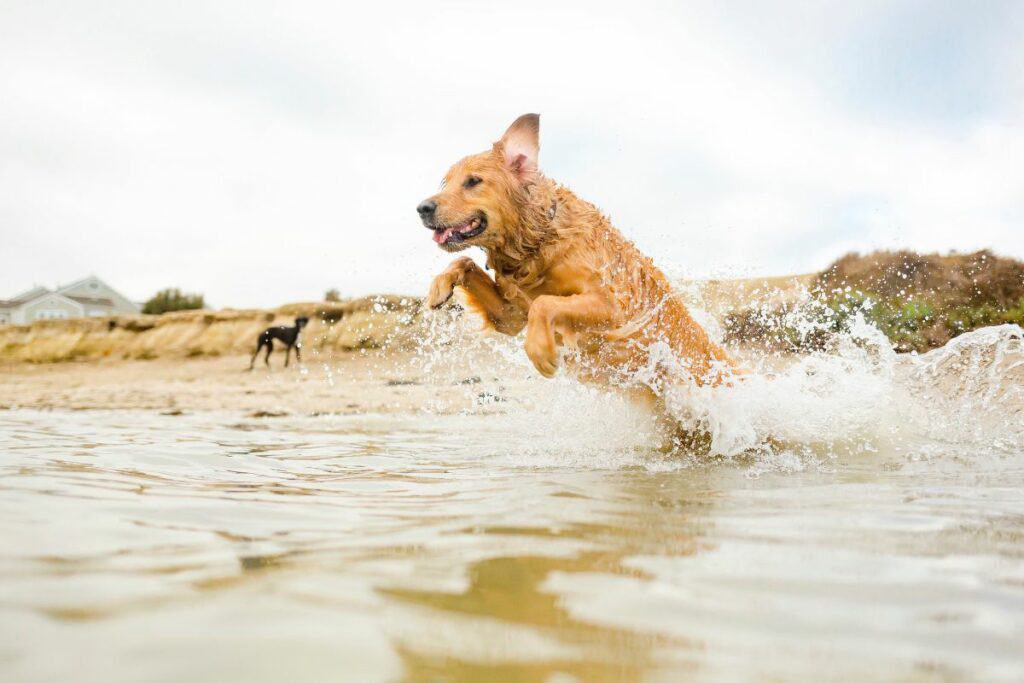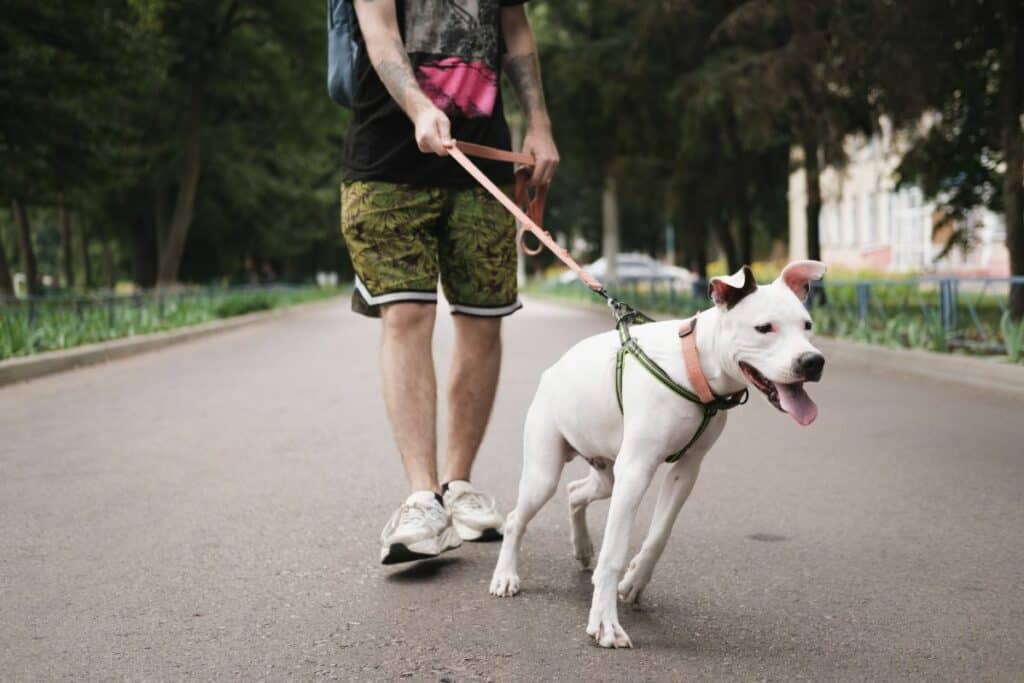In my years of operating a pet care facility and The Academy of Pet Careers, I’ve encountered many dog owners who struggle with dog reactivity. Whether it's leash pulling, barking, or heightened responses to other dogs or stimuli, this issue can be frustrating for both pet and owner.
However, through our experience and dedication to positive training methods, we've found tremendous success in addressing and improving dog reactivity using the Engage-Disengage Game. This protocol is our go-to method for improving reactivity. It emphasizes focus and rewards calm behavior, ultimately leading to a less reactive and confident dog.
Understanding the Engage-Disengage Game
The Engage-Disengage Game is a powerful training tool designed to manage and reduce dog reactivity. At its core, this method uses classical conditioning to encourage dogs to shift their attention from triggers that cause reactivity (such as other dogs or people) back to their owners. By teaching dogs to engage with their owners instead of fixating on triggers, we can effectively desensitize them to these stimuli and promote a more appropriate and calm response.
Preparing for the Game
Before diving into training, it's important to gather the right equipment, choose an appropriate training location, and set some training foundations. You'll need the following:
- High value treats that your dog loves.
- Secure leash, preferably attached to and harness (for safety).
- Quiet environment, large enough to spread out.
- Conditioned marker. This is typically a clicker or verbal marker that signifies to your dog that a treat is coming. Learn how to condition a marker.
This initial setup creates the ideal conditions for successful training sessions.
6 Steps to Implement the Engage-Disengage Game
Phase 1: Engage
In this phase, the goal is to create a positive association with the trigger that causes the reactivity. You will use treats to reward engagement with the trigger, slowly changing their emotional response. This process also reinforces handler engagement, prioritizing you over the trigger. Assuming you have prepared for the game, have a high value treat, and a conditioned marker, this phase should be quick.
Step 1: Start at a Safe Distance
- Begin at a distance where your dog remains calm and attentive, allowing them to notice the trigger independently.
- Stand by your dog, maintaining quiet and stillness to encourage focused observation.
Step 2: Click and Treat for Engagement
- Click or mark precisely when your dog engages with the trigger (e.g., looks at the trigger).
- Immediately follow the marker with a treat to reward your dog for looking back at you.
Step 3: Achieve Consistency
- Aim for 3-5 successful repetitions at the same distance before moving to Phase 2.
- This consistency reinforces your dog's ability to engage with the trigger while staying calm.
Phase 2: Disengage
Now that your dog is consistently responding to the marker, the next phase is to focus on “voluntary disengagement”. To do this, you will stop marking the engagement and start marking their disengagement from the trigger.
Step 4: Allow Trigger Awareness
- Let your dog notice the trigger without immediate interaction.
- Wait 3-5 seconds to observe if your dog offers their attention independently. This pause is the important piece.
- If the dog doesn’t disengage, return to Phase 1 and use your marker to gain their focus.
Step 5: Click and Treat for Disengagement
- If the dog voluntarily looks away, click at the exact moment your dog disengages from the trigger and looks at you.
- Reward promptly with a treat to reinforce the desired behavior.
Step 6: Assessing Progression
- Once you’ve achieved 3-5 consecutive successful disengagements, you can decrease your distance (1-5 steps at a time, depending on your dog)
- Continue this process until you’ve reached a desirable distance in which your dog is calm and not reacting to the trigger.
- At any time you have 2-3 consecutive failures, decrease your criteria by moving back to Phase 1 OR increasing your distance.
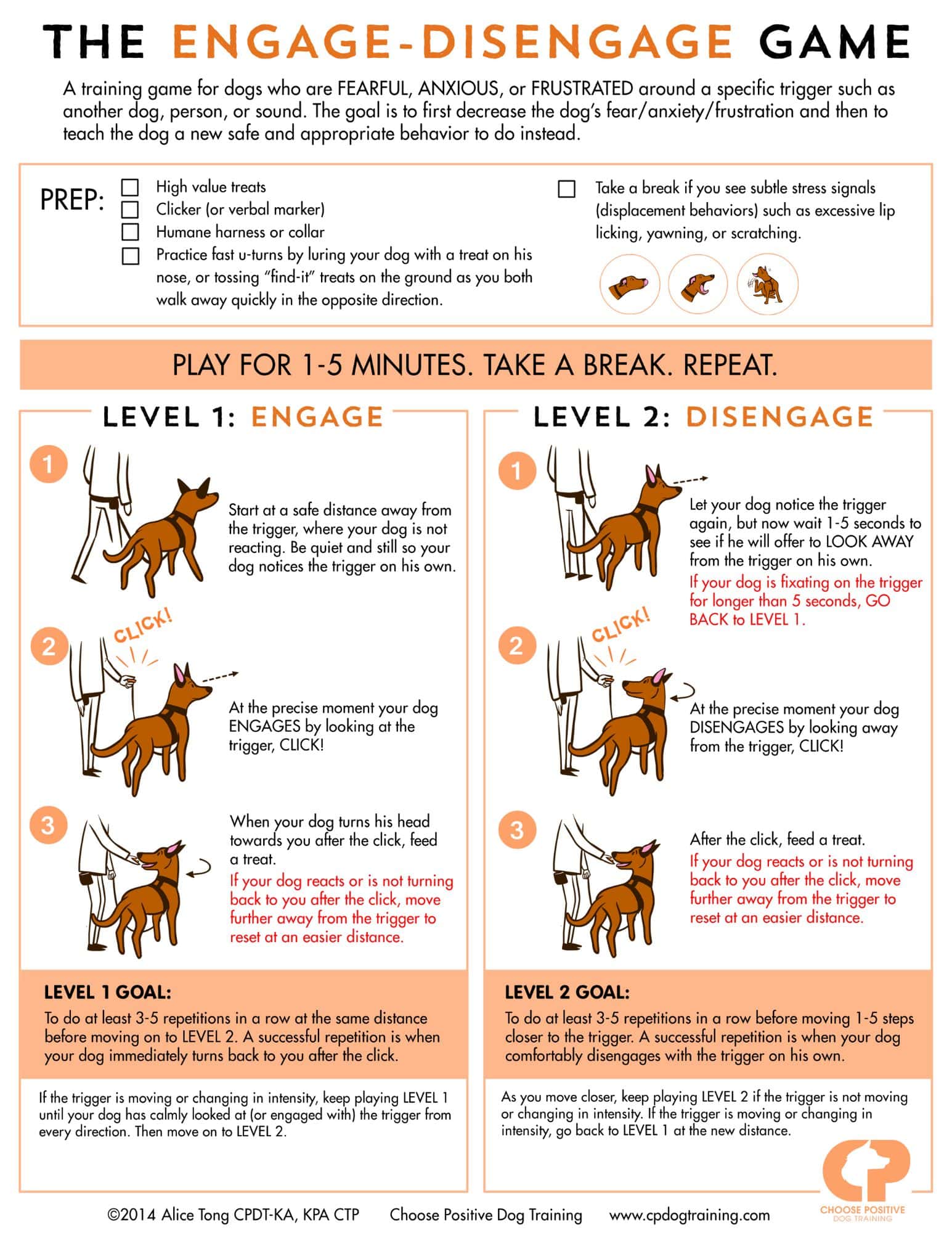
Tips and Considerations
During training, prioritize safety by using a secure leash and harness. Additionally, use high-value rewards that motivate your dog and keep training sessions positive and short to prevent frustration. Monitor your dog's body language for signs of stress or discomfort, adjusting the training approach as needed.
Gradual Improvement and Maintenance
Celebrate small successes along the way and remain consistent with training. Gradually increase exposure to triggers over time while always reinforcing calm behavior. This incremental approach promotes lasting improvements in your dog's reactivity levels. Depending on the severity of the reactivity, this process can take days or even months to achieve your desired result. Consistency is key to success.
Troubleshooting
If progress stalls or you encounter challenges, consult with a professional dog trainer or behaviorist. They can provide personalized guidance and help tailor the training to your dog's individual needs and responses.
Kay Takeaways
In conclusion, the Engage-Disengage Game is a valuable tool for improving dog reactivity. By redirecting focus and rewarding calm behavior, this positive training method can help manage leash reactivity, reduce barking, and enhance overall socialization. Remember, patience, consistency, and positive reinforcement are key to success. With dedication and the right approach, you can empower your dog to become a happier, calmer companion.
Additional Resources
For further reading on dog behavior and positive training methods, explore resources such as animal behavior books, online articles, and professional training courses. Continuous learning and education will further support your journey towards improving your dog's reactivity and overall well-being.
By following this comprehensive guide, dog owners can effectively use the Engage-Disengage Game to manage and reduce their dog’s reactivity in various situations, fostering a harmonious relationship and a more enjoyable life with their beloved pet.
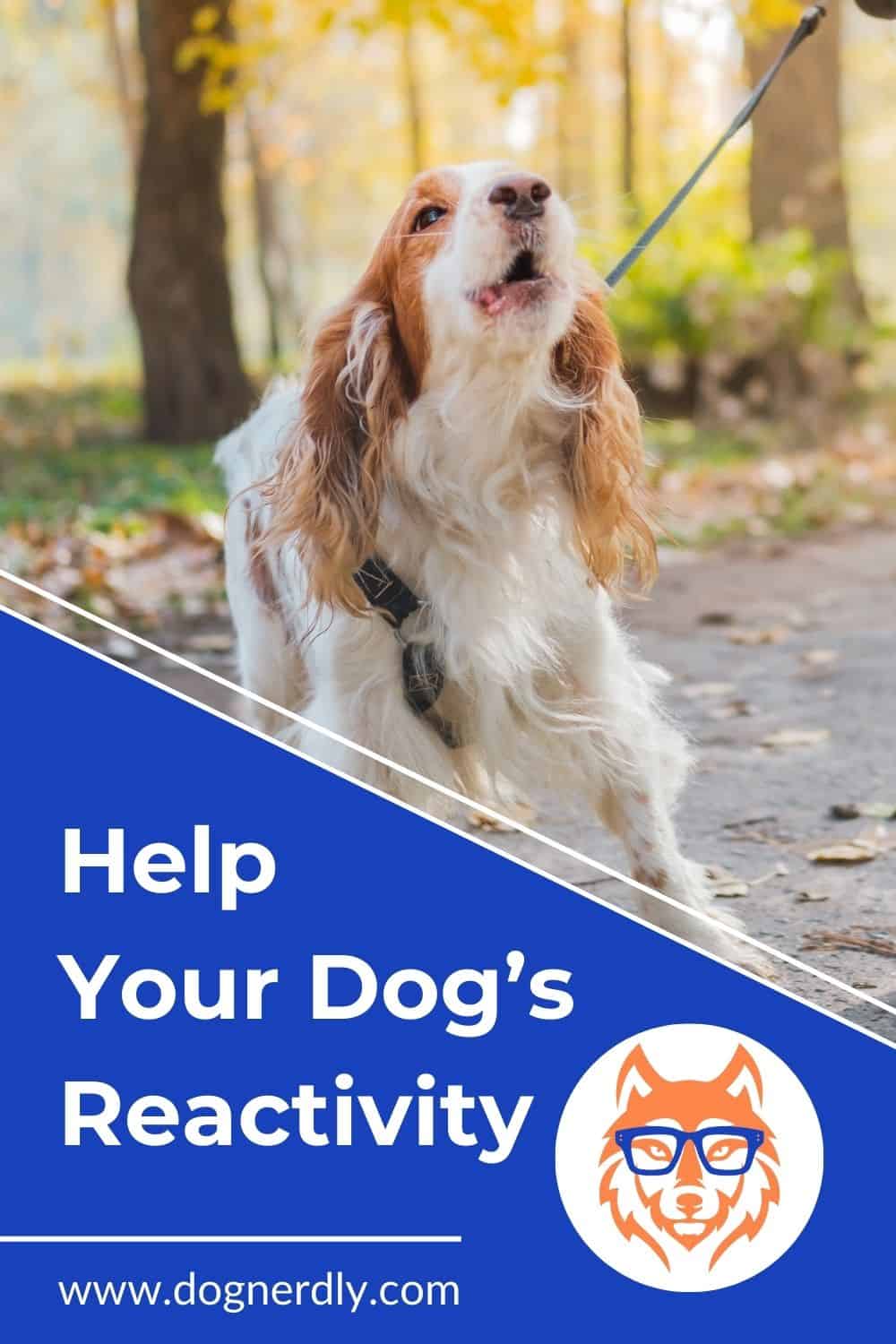
Joseph Schifano is the President of The Academy of Pet Careers and Founder of DogNerdly.
With over 20 years of professional pet experience, Joseph got his start as an owner/operator of a 7-figure, all-inclusive pet care business. From there, he purchased The Academy of Pet Careers with a hopes of improving the quality of care provided by industry professionals. This role allowed Joseph to rub shoulders with some of the biggest names in the industry, and gain knowledge in every aspect of pet care.
After witnessing the popularity of social media influencers and the amount of misinformation being taught to pet parents, Joseph decided to create DogNerdly. The goal was to provide science-backed education for the average dog nerd in order to create a world where dogs and humans can live a more harmonious and empowered lifestyle.
